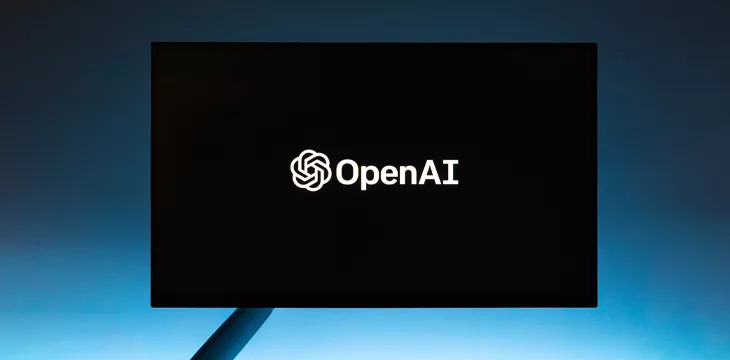
|
Getting your Trinity Audio player ready...
|
The New York Times (NASDAQ: NYT) has sued OpenAI and Microsoft (NASDAQ: MSFT) for copyright infringement on December 27, alleging the tech giants of using its copyrighted articles to train their large language models (LLMs), including GPT-3 and GPT-4, without authorization or compensation.
The LLMs power popular artificial intelligence (AI) platforms like ChatGPT and Bing Chat, which can generate content that competes directly with traditional news sources.
AI’s impact on journalism and revenue streams
The core of the lawsuit revolves around the alleged unauthorized use of the NYT’s content to train AI models. The complaint details how these generative AI tools can mimic The NYT’s journalistic style, producing summaries and even verbatim excerpts of copyrighted articles.
The NYT says that in some instances, the AI’s outputs circumvent their subscription model and return outputs that would otherwise be inaccessible because the content lives behind a paywall.
The publisher claims that OpenAI’s actions not only undermine the NYT’s subscription model but also pose a direct threat to its advertising and licensing revenues, as the AI-generated content can divert readers away from its platforms.
Regardless of the outcome of the copyright infringement claims by the NYT against OpenAI, the underlying concern about AI-generated content diverting readers from the NYT’s platform is valid.
If AI outputs include complete articles or even summaries, then the need for an individual to directly access content via the publisher’s website or social media channels is diminished, which could significantly reduce web traffic. As a result, the lifeblood of these publications, subscription and advertising revenues, is directly threatened.
This may be one of the reasons that we are beginning to see publishers adopting a proactive stance. Recently, publishing houses have been forging partnerships with AI providers and granting explicit permissions to utilize their content for training AI models and AI outputs. These strategic alliances allow media entities to potentially circumvent the threats posed by AI, turning a competitive force into a collaborative advantage and staying ahead of the industry curve.
The implications of The New York Times vs AI
The suit does not specify a monetary demand but notes the defendants should be held responsible for “billions of dollars in statutory and actual damages.”
Beyond financial losses, there’s a cultural and ethical dimension to the lawsuit. The unauthorized use of the NYT’s content for training AI affects its revenue streams and raises concerns about journalism’s sustainability with the proliferation of AI.
As the legal proceedings of the NYT versus OpenAI and Microsoft unfold, it’s likely to set a precedent that could prompt more publishers to assert their copyright claims against AI developers. This case could catalyze a couple of trends within the media industry: (1) a surge in lawsuits seeking compensation and control over intellectual property, and (2) simultaneously, an increase in strategic partnerships between publishers and AI firms to mitigate the risk of lost readership and revenue.
These developments signal a significant shift in the media landscape as publishers strive to balance the protection of their content with the innovative possibilities of AI collaboration.
For the AI industry, the outcome of these legal and commercial maneuvers will shape the ethical and operational frameworks for using copyrighted content, potentially leading to more transparent, regulated, and mutually beneficial relationships between AI developers and content creators.
The evolving dynamics between these industries will undoubtedly influence how content is generated, distributed, and monetized as AI becomes a larger part of business operations.
In order for artificial intelligence (AI) to work right within the law and thrive in the face of growing challenges, it needs to integrate an enterprise blockchain system that ensures data input quality and ownership—allowing it to keep data safe while also guaranteeing the immutability of data. Check out CoinGeek’s coverage on this emerging tech to learn more why Enterprise blockchain will be the backbone of AI.
Watch: AI truly is not generative, it’s synthetic
Recommended for you
Lorem ipsum odor amet, consectetuer adipiscing elit. Elit torquent maximus natoque viverra cursus maximus felis. Auctor commodo aliquet himenaeos fermentum
Lorem ipsum odor amet, consectetuer adipiscing elit. Accumsan mi at at semper libero pretium justo. Dictum parturient conubia turpis interdum

 11-10-2024
11-10-2024 


